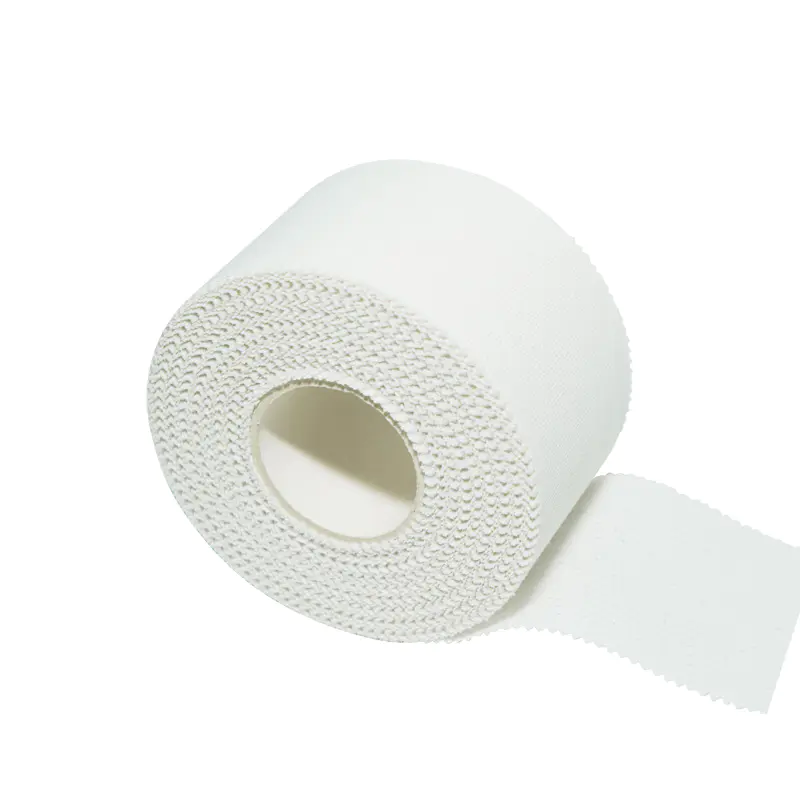Applying an adhesive patch seems simple, but getting it right can make all the difference in its effectiveness and comfort. Whether it's a medical transdermal delivery system, a simple adhesive bandage, or a repair patch for a favorite jacket, proper application ensures the best results. A poorly applied stick-on patch can fail to deliver medication, fall off prematurely, or cause skin irritation.
This guide will walk you through the professional steps to ensure your patch stays put and performs its function flawlessly.
Preparation is the most critical step and is often overlooked. The goal is to create a clean, dry, and flat surface for the patch to adhere to.
Clean the Area: Wash the skin with mild soap and water. If you're applying the patch to an object, wipe the surface clean. You must remove any dirt, oil, sweat, or lotion that could weaken the adhesive bond.
Dry Thoroughly: Pat the area completely dry with a clean towel. Residual moisture is the enemy of a good stick.
Choose a Hair-Free Zone: If applying a medical patch, select an area of skin that is free of hair. Hair can prevent the patch from making full contact and can be painful when the patch is removed. If no hairless area is available, trim the hair with scissors—do not shave, as this can irritate the skin and increase the risk of infection.
The way you handle the self-adhesive patch before application can affect its stickiness.
Avoid Touching the Adhesive: Do not touch the sticky side of the patch with your fingers. Oils and dirt from your skin will transfer to the adhesive and compromise its ability to stick. Handle the patch only by its edges or the non-adhesive side.
Remove the Protective Liner: Peel off the protective liner from the adhesive side of the patch. For larger patches, it can be helpful to peel back one half first, apply it, and then peel the other half. This prevents the entire sticky surface from folding over on itself.

This is where the patch physically goes onto the surface.
Place the Patch: Position the patch over the intended spot. For medical patches, follow your doctor's instructions or the directions on the package for the correct placement. Try to place it on a part of your body that moves less, like the upper arm or back, to prevent it from wrinkling or coming loose.
Smooth It Out: Once the patch is on the surface, use the palm of your hand to press firmly and smooth it out from the center outwards. This action ensures there are no air bubbles or wrinkles and that the entire adhesive plaster is in full contact with the skin or surface.
Hold Firmly: Maintain firm pressure for about 10-30 seconds. This initial pressure activates the adhesive and creates a strong bond.
Proper after-care helps the patch last for its intended duration.
Avoid Immediate Stress: For the first few minutes after application, try not to stretch or move the area the patch is on. This allows the adhesive to fully bond.
Keep it Dry: If the patch is not waterproof, avoid getting it wet. Water can cause the adhesive to lose its tackiness.
Monitor the Patch: Check on the therapeutic patch periodically to ensure its edges are not lifting. If they are, you may be able to gently press them down again. If the patch begins to peel significantly, it's a sign that it may need to be replaced.
By following these professional steps, you can confidently apply any adhesive patch, ensuring it functions correctly and stays securely in place.







